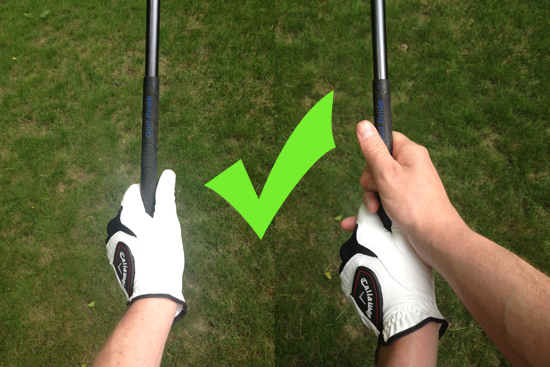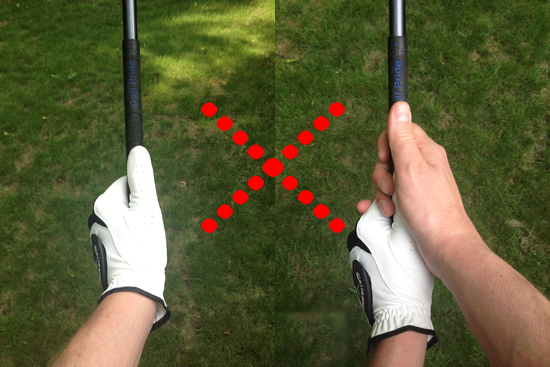We have still have bad things in the world, maybe more than ever, but we truly live in the best of times. The internet provides us information on almost every subject accessible 24 hours a day. There is a wealth of information on the golf swing.
Can you teach yourself to play golf? Can you teach yourself the golf swing? Yes, multiple PGA Tour players have taught themselves to play and are their own swing coach. While it has been proven this can be done, it is most certainly not the norm, and this article is not suggesting you should. The best way to fast track your progress in anything in life is to invest in a great coach, but great coaches are hard to find, great coaches are expensive.
Although great coaches may not be in your area, not in your budget, or both, there are still good coaches in your area. Do some research, ask other golfers about their experience, do whatever you need to do to get as much information as possible about coaches in your area.
Lessons with a coach are extremely useful for the beginner golfer to create a solid foundation to build off of. There is just so much that a beginner doesn’t know. A coach can really get you going in the right direction.
High handicap golfers can also benefit from a coach. Of course high handicap golfers bring along a certain amount of baggage. Depending on how long you have been playing and swinging the way you have, the amount of baggage can be quite large and have an affect on your lessons. Golfers many times expect too much too quickly from lessons, and when they do not see results in the time frame they think they should, become frustrated.
If you learn everything about the golf swing you can, you make lessons from a teaching professional much more effective by:
- Understanding what your golf coach is explaining to you and the purposes of the drills you are instructed to do.
- Practicing on your own with more confidence that you will not stray from the concepts discussed with your golf instructor.
- Knowing how instruction you read on social media applies to both your golf swing and the concepts you have discussed with your golf instructor. Or maybe more importantly if the instruction you read should not apply to you.
- Learning new concepts that your instructor does not teach or heavily focus on and how these new concepts relate to the concepts your instructor has focused on.
- Realizing how to fix a slice!
Follow these golf instructors on Twitter and learn everything about the golf swing you can!
Joseph Mayo @TrackmanMaestro
Andrew Rice @AndrewRiceGolf
Mark Crossfield @4golfonline
Shauheen Nakhjavani @shkeengolf
These four instructors are world class and will help you begin to self learn everything about the golf swing. There are many other great golf instructors you will also stumble upon. Start learning!


